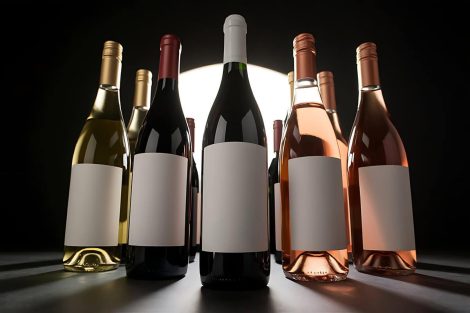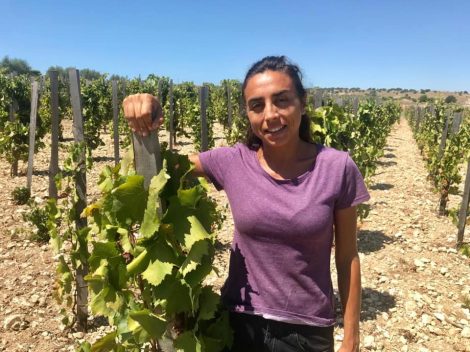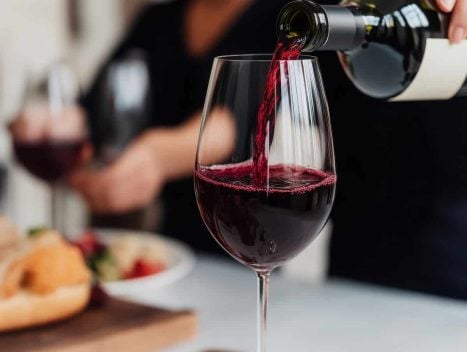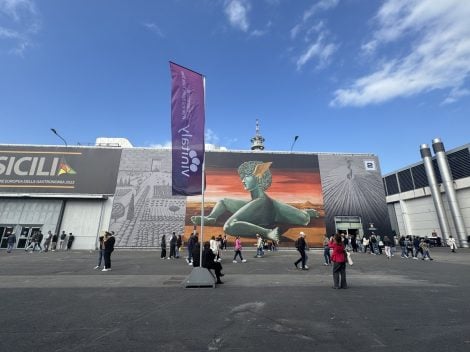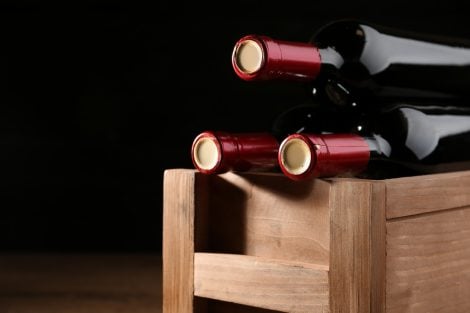To understand why Tuscany has become Italy’s premier region for Merlot, we need to take a step back. “French grape varieties were introduced to Italy in two key historical moments,” explains Attilio Scienza, a true living encyclopedia of Italian wine. “The first was in the mid-19th century when the nobility and upper bourgeoisie planted international varieties in response to a market that was expanding beyond regional boundaries. The second turning point came in the 1960s, following the end of sharecropping and the abandonment of farms, which led to new planting schemes and fixed regulations. In Tuscany, alongside Sangiovese, Cabernet and Merlot were also replanted, marking the beginning of the appellation era.”
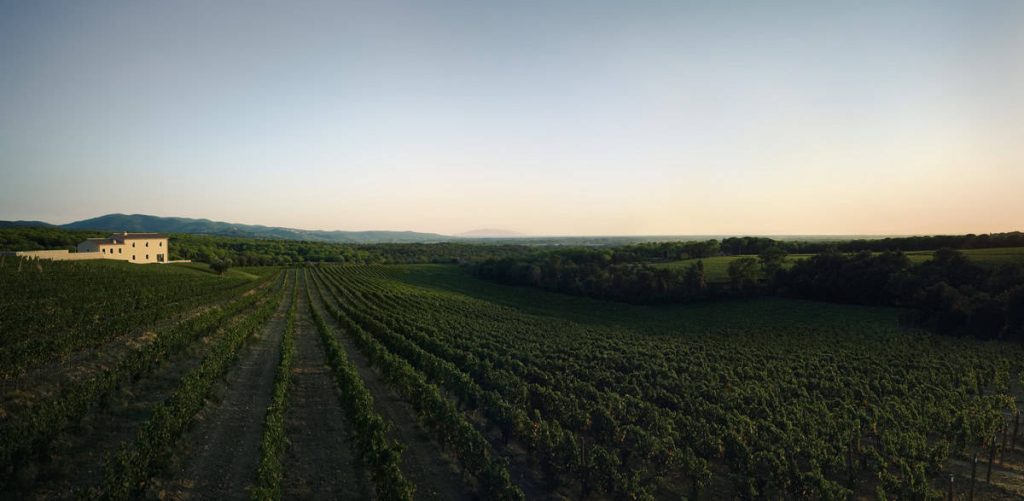
The vineyards of Masseto, with the selection of grapes at the Tuscan estate in the foreground.
A tough time for Tuscan wine
However, it’s not an easy period for Tuscan wine. The American market has collapsed, forcing some wineries into significant sales, such as Antinori’s partnership with the British or Castello di Brolio’s acquisition by Australians. Tuscany’s revival, paradoxically, did not begin with Sangiovese, but with the first Super Tuscans. On one side, these wines held international appeal, while on the other, they represented a strategic repositioning beyond tradition.
This led to brilliant innovations, laying the foundation for Messorio and Masseto’s success stories. Today, Merlot represents one of the greatest challenges in the face of climate change. Once considered a “gentle” and approachable grape, Merlot is transforming, not only due to the climate but also in response to new drinking trends.
Producers are experimenting, starting in the vineyards before moving into the cellar. Earlier harvests and lighter oak toasting have become key strategies. However, contrary to some concerns, Merlot is no more susceptible to climate volatility than other grape varieties, as confirmed by industry experts.
While some in Italy express alarm, fearing the “end” of a historic grape, internationally, Merlot continues to thrive, earning high ratings and commanding strong prices.
The great Tuscan Merlots
Looking at the most prestigious rankings, considering renowned critics like Robert Parker and Jancis Robinson, it’s clear that Masseto is just the beginning. Other iconic Tuscan Merlots include:
- Redigaffi by Tua Rita (from nearby Suvereto)
- Messorio by Le Macchiole (from Bolgheri)
- L’Apparita by Castello di Ama and La Ricolma by San Giusto a Rentennano (from the Chianti area)
- Galatrona by Petrolo (from Valdarno)
- Baffonero by Rocca di Frassinello (from Maremma)
All of these wines boast high export rates, demonstrating continued global demand for top-quality Tuscan Merlot.

The harvest at Le Macchiole. Below, photos from the Tuscan estate.
Merlot: 9,000 hectares lost in 15 years
On a national level, the decline in Merlot plantings is significant. In 2005, Italy had 28,209 hectares of Merlot, whereas by 2022, this had dropped to 18,840 hectares. This sharp decrease has fueled production doubts and scepticism about Merlot’s future in Italy.
Yet, Merlot is making a comeback, particularly in wine bars and restaurants, where by-the-glass offerings increasingly favour approachable wines.
The main challenges? Drought and extreme heat, which create less-than-ideal conditions for harvesting Merlot (as well as Sangiovese).
Merlot’s traditional image as a soft, easy-blending variety is fading. Today, winemakers seek something different. In some areas, Merlot has been entirely removed, even in Bolgheri, where Cabernet Franc is now preferred, despite its own ripening difficulties and need for ideal soils.
The Tuscan case studies: Messorio and Masseto
Change is underway. For producers who have never followed trends, like those in Bolgheri, now is not the time to retreat—but rather to double down, as many wineries are already doing.
Take Le Macchiole’s 2015 vintage, which marked a turning point. Recent 2020 and 2021 vintages have embraced a new production approach, making the wines more vibrant and savoury, less impacted by oak, yet still maintaining a Mediterranean identity.
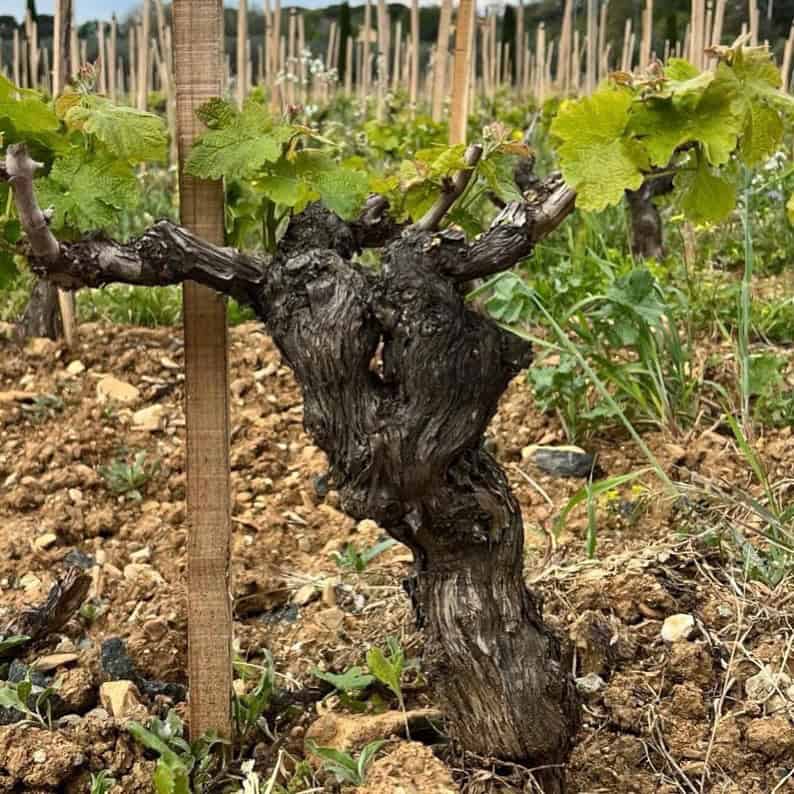
"Merlot must evolve and be reinterpreted," says Luca Rettondini, the longtime winemaker at Le Macchiole.
Since Messorio’s debut in 1994, production has grown from 300 to nearly 10,000 bottles. Years of experimentation and shifting tastes have led Messorio to adapt and transform.
"Merlot ripens early, but it’s a versatile grape. It’s essential for blends in mid-range wines, but for top wines like Messorio, it requires careful cultivation and canopy management. When well-matured, it avoids the green notes found in Cabernet and retains a strong tannic structure through barrel aging—provided oxidation is carefully controlled."
"One solution is staggered harvesting," Rettondini continues. "You bring in fresher grapes first, followed by riper ones. It’s a multi-purpose grape that must be nurtured both in the vineyard and in the cellar, balancing oxygen exposure and avoiding excessive extraction. Ultimately, Merlot remains one of the world’s most respected wines—and that should never be underestimated."
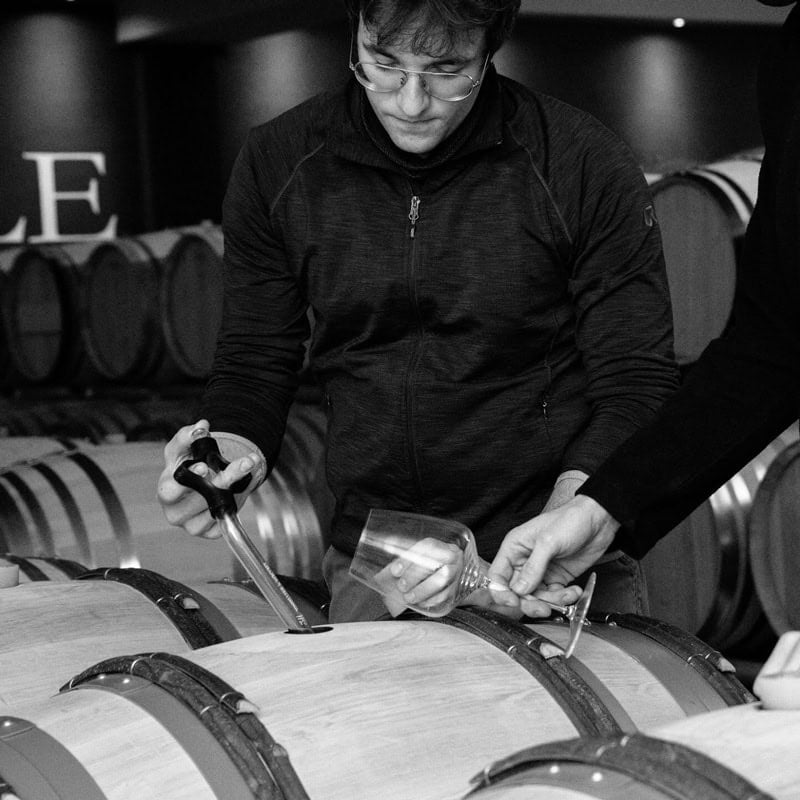
“Merlot has a future—in Bordeaux and Bolgheri”
Even Marco Balsimelli, director and winemaker at Ornellaia and Masseto, is convinced that Merlot has a bright future.
"I would absolutely replant Merlot," he says. "In some areas, it’s actually less problematic than Cabernet Franc. I’ve tasted outstanding Merlots from Bordeaux—even from extremely hot vintages—as well as from Bolgheri. The acidity levels, if we look at the data, are reassuring."
However, adapting to climate change requires proactive measures:
- Choosing the right rootstocks for slower ripening
- Revitalising vineyard plants
- Reducing new oak usage or opting for lighter toasting
"This isn’t a revolution," Balsimelli concludes. "It’s simply a transition."
Backing up these claims are vertical tastings of Masseto and Messorio, with the latest release—2021—standing out as a testament to Merlot’s resilience and evolving identity.

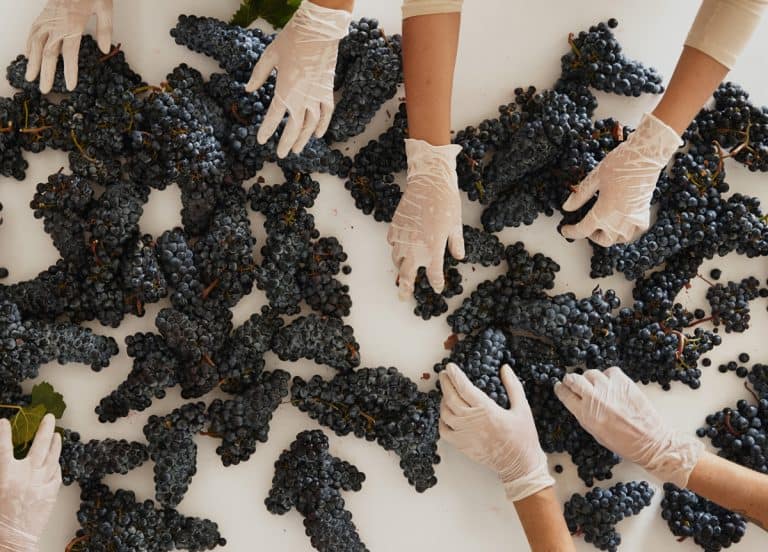
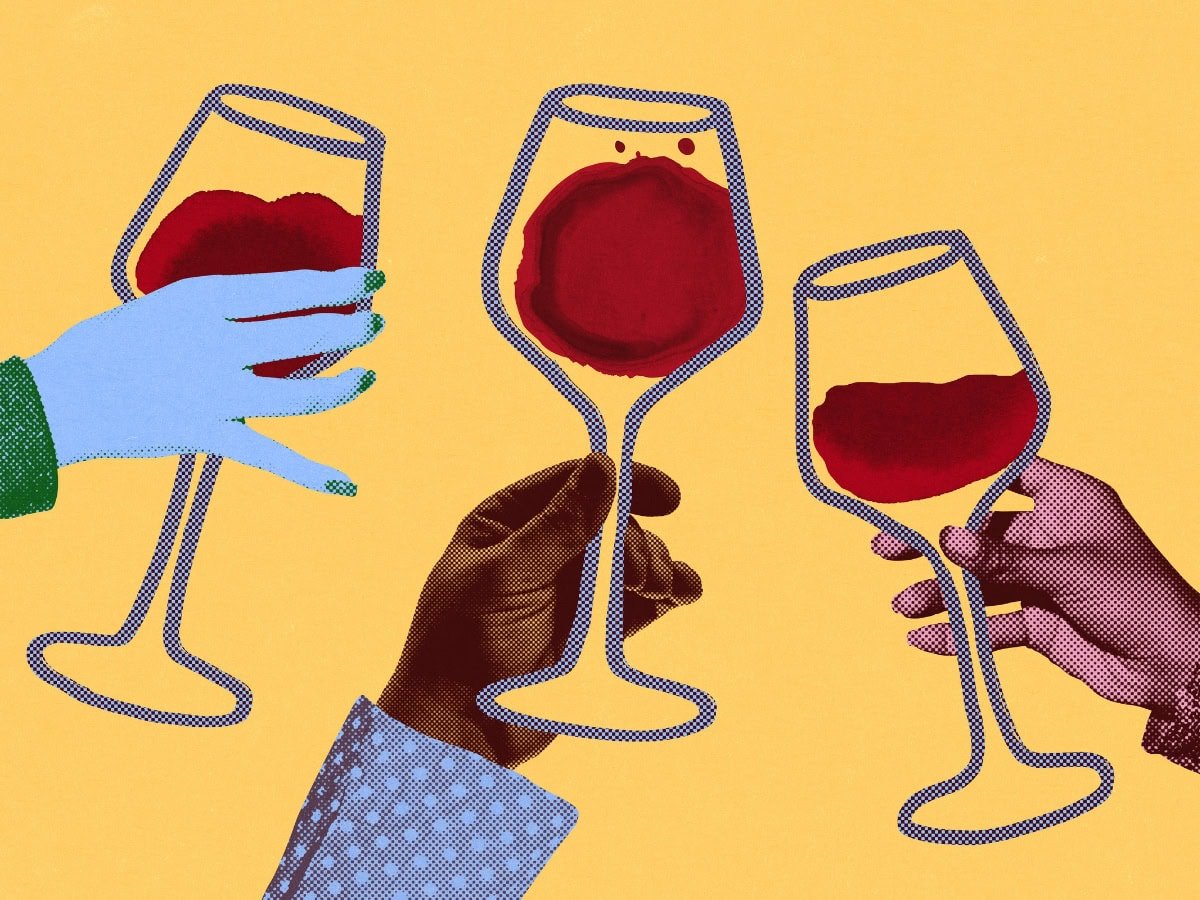 Fewer bottles, more by-the-glass: how to build the wine list of the future
Fewer bottles, more by-the-glass: how to build the wine list of the future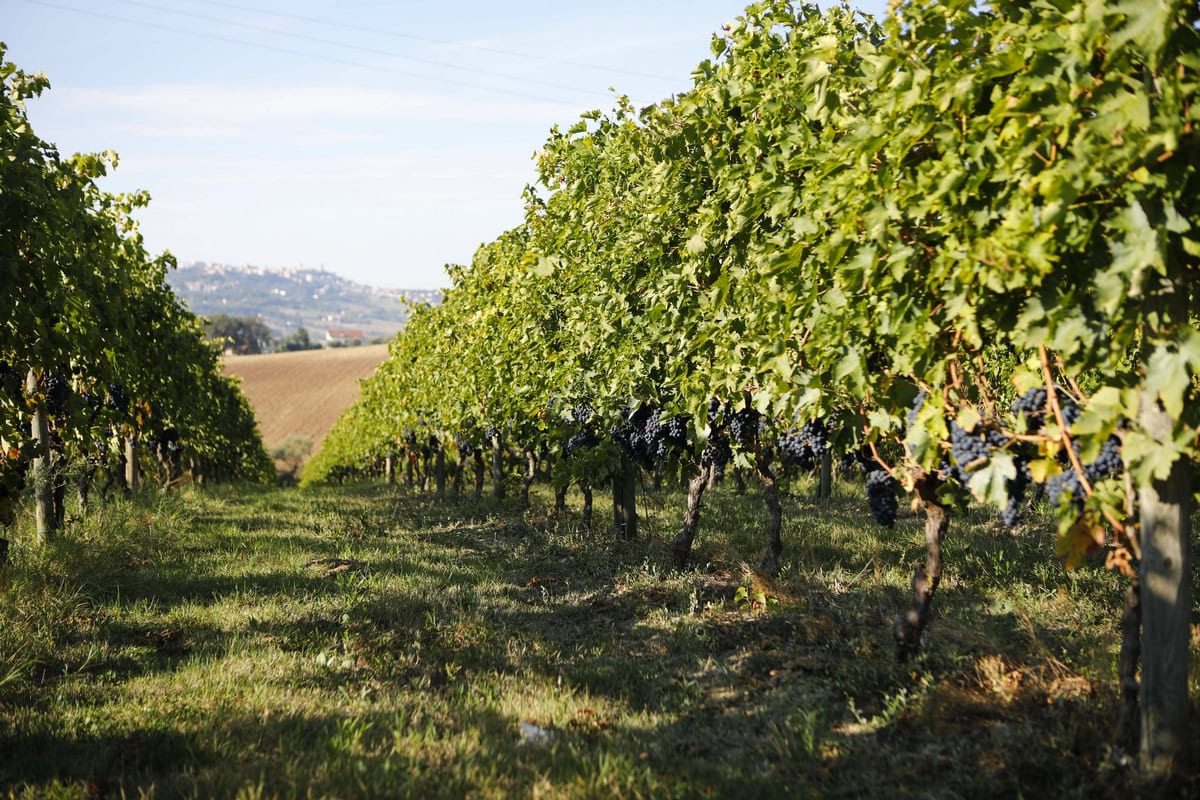 The Moncaro collapse impacts Marche wines. But average price rises
The Moncaro collapse impacts Marche wines. But average price rises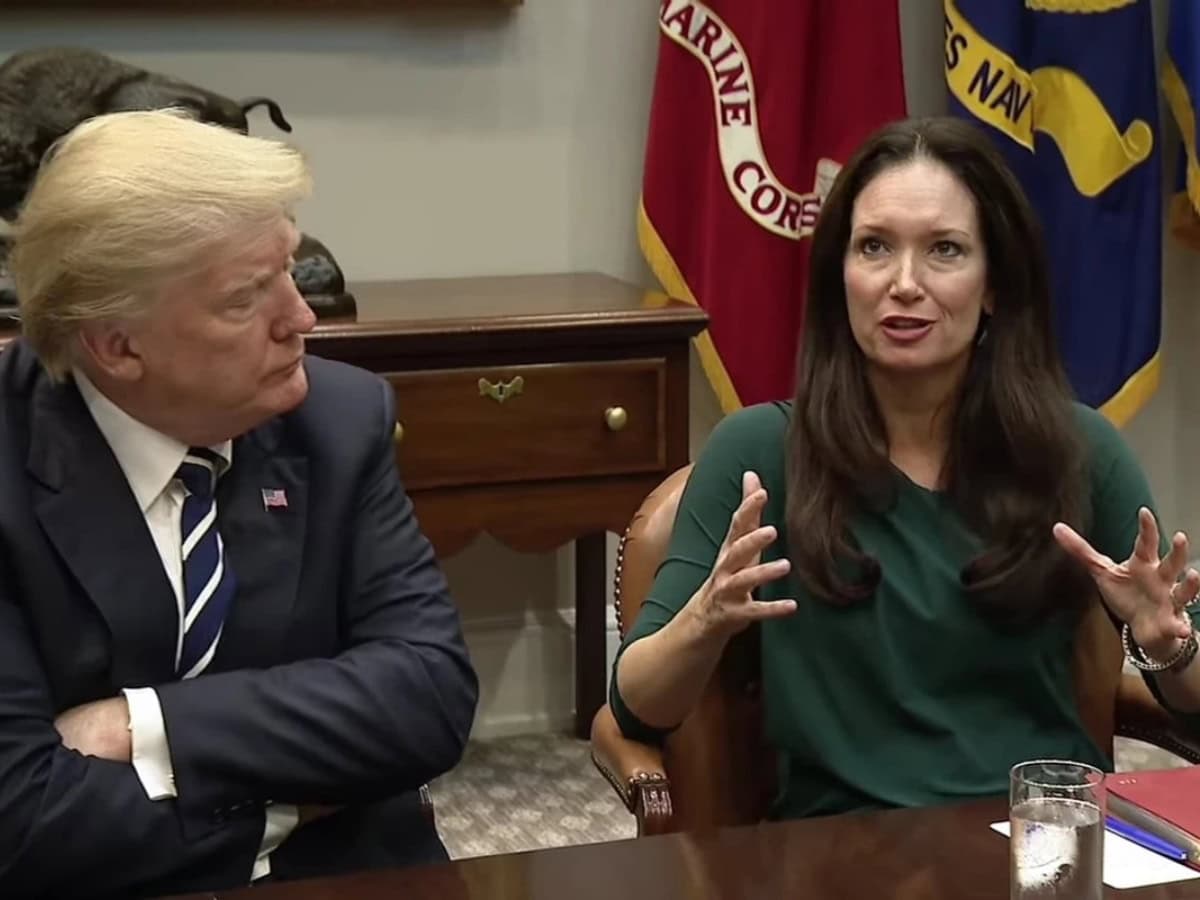 Trump’s first trade war cost Americans $27 billion. USDA analysis
Trump’s first trade war cost Americans $27 billion. USDA analysis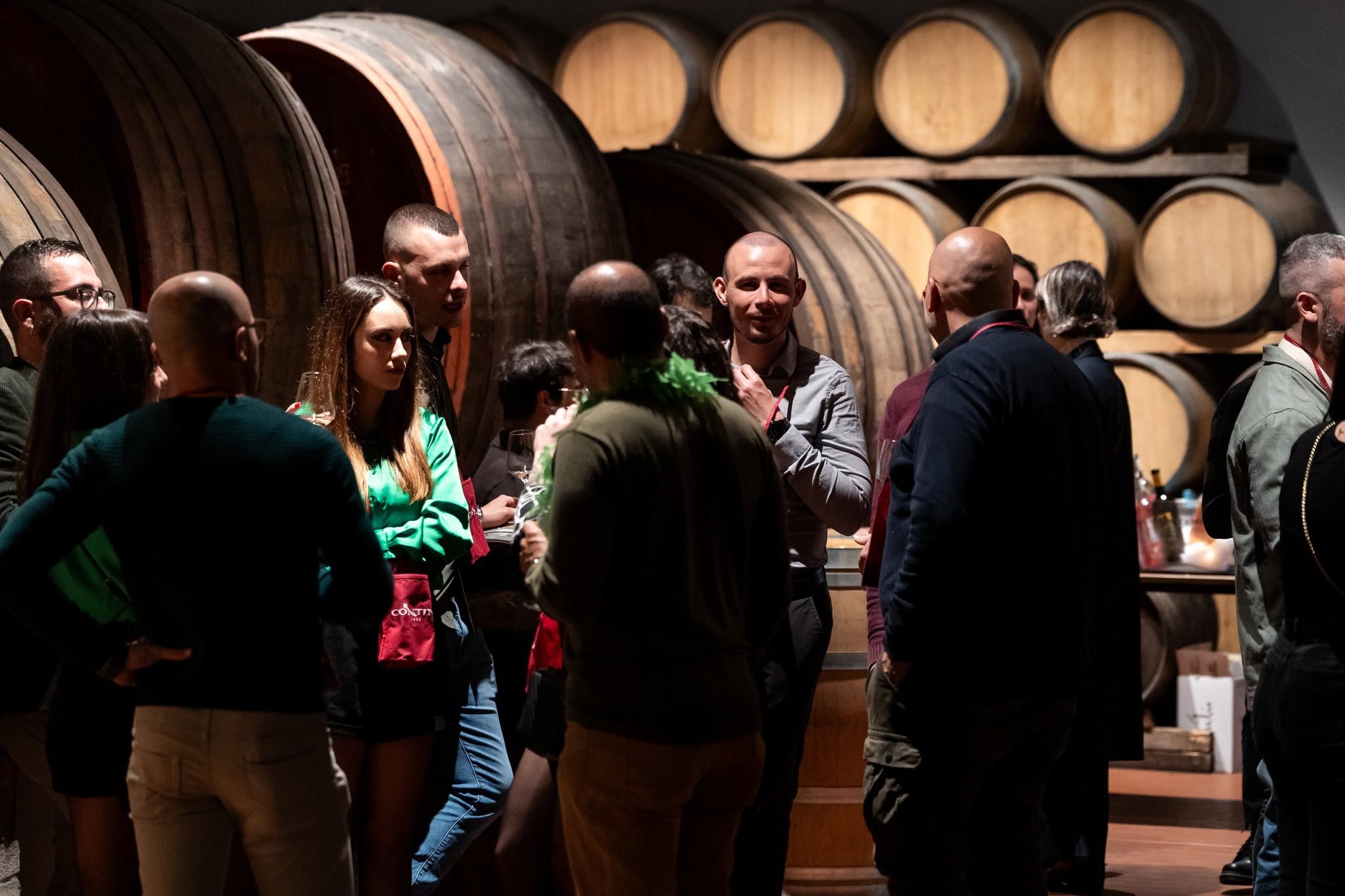 Here are ten Rare Wines you absolutely must try
Here are ten Rare Wines you absolutely must try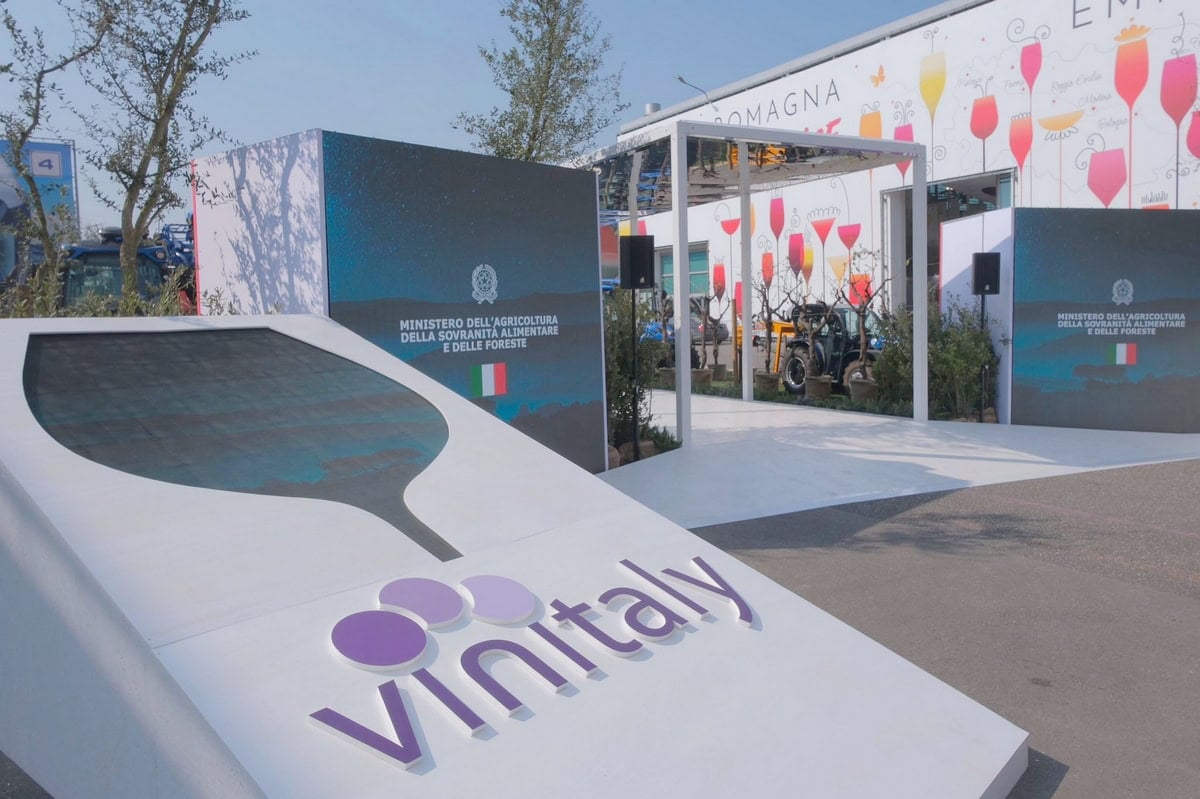 The “Tariff Vinitaly” closes with 97,000 attendees: one third from abroad. See you on 12 April 2026
The “Tariff Vinitaly” closes with 97,000 attendees: one third from abroad. See you on 12 April 2026
